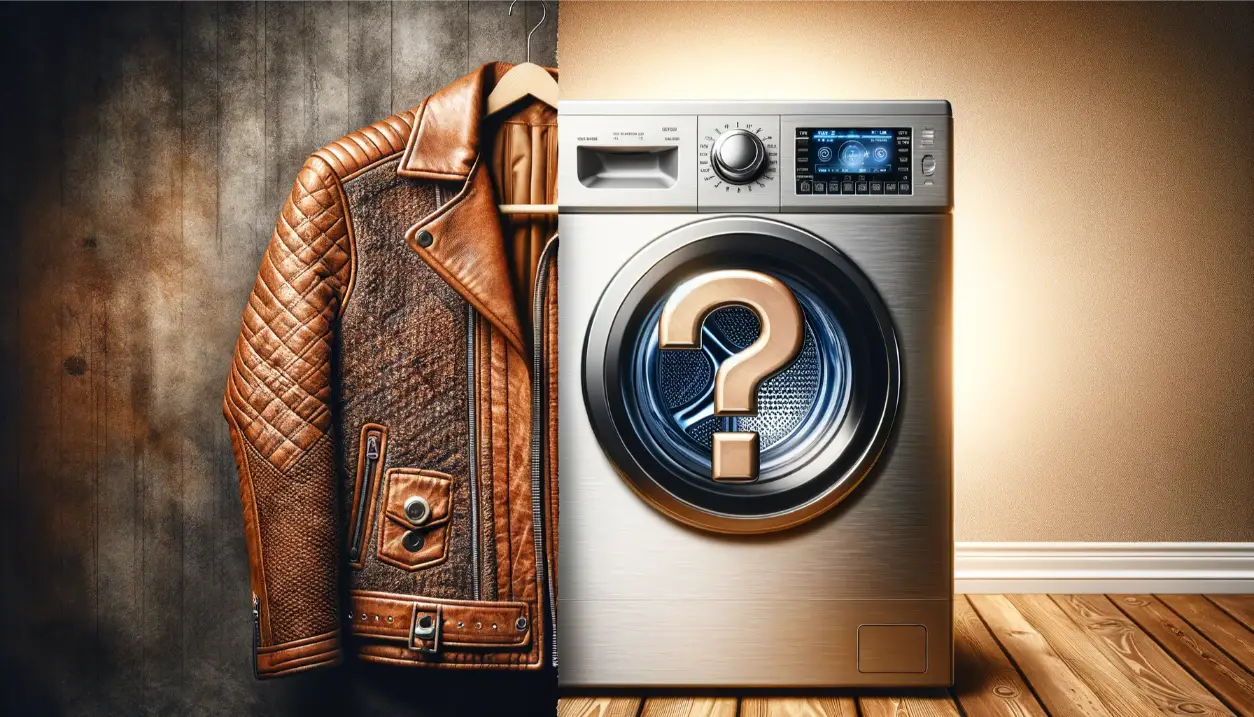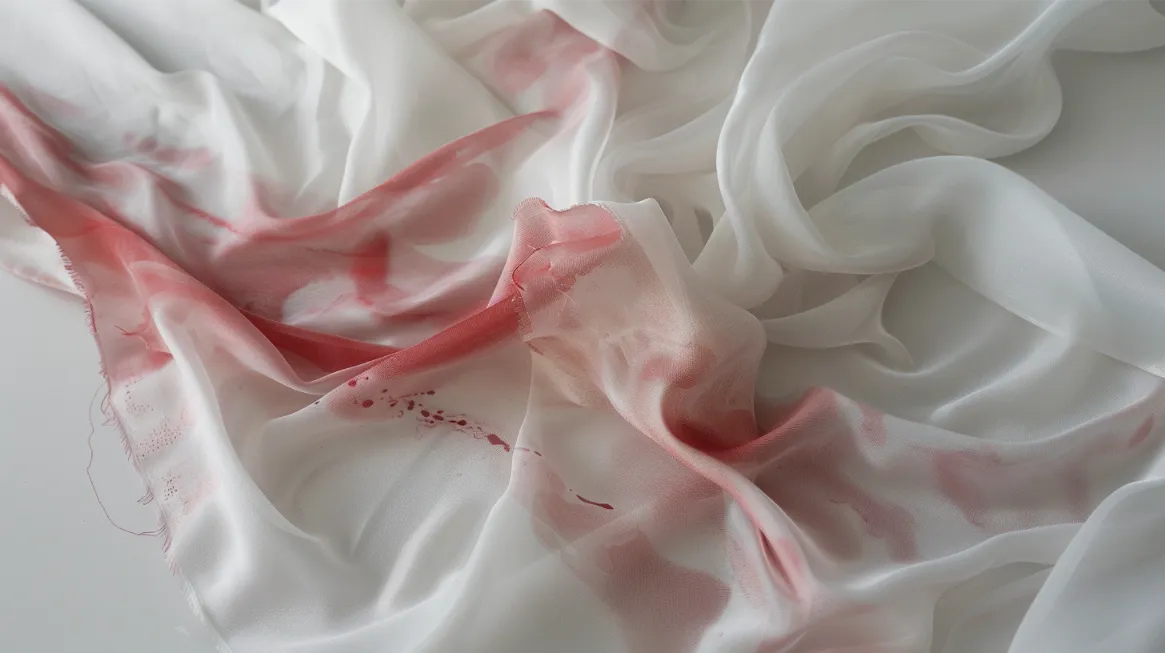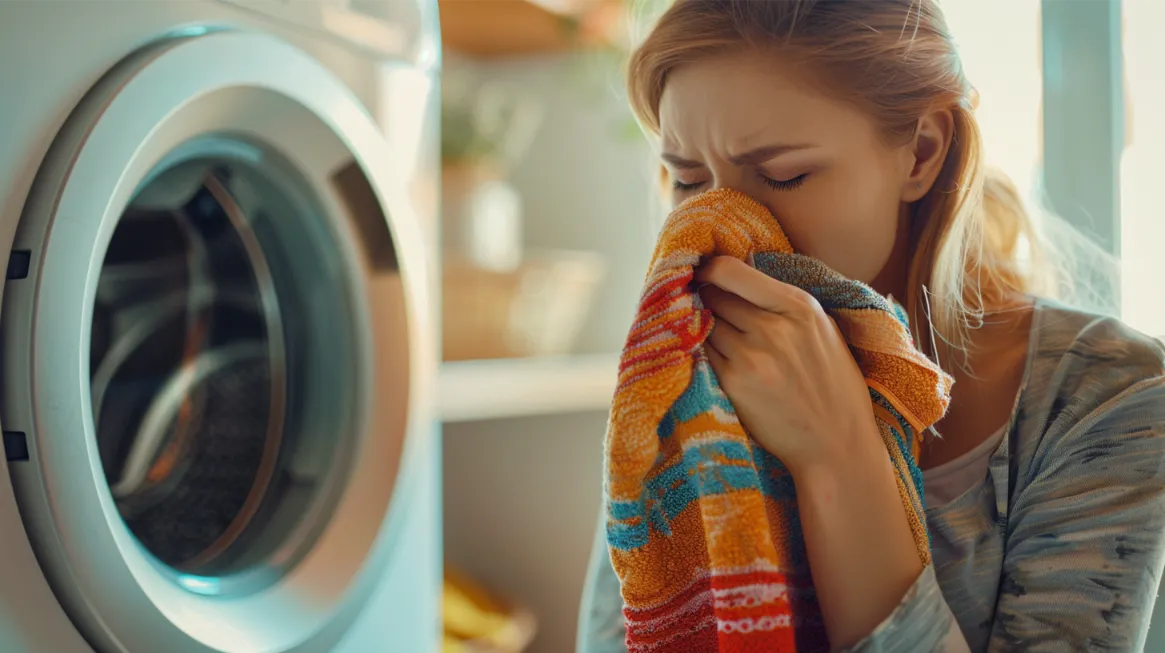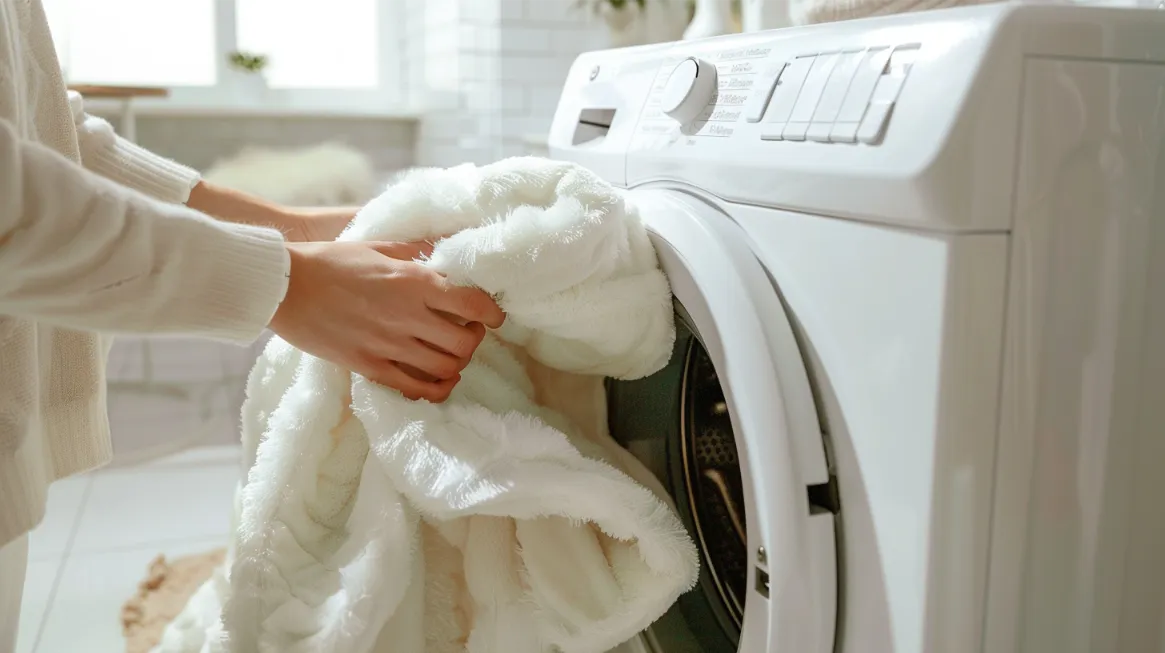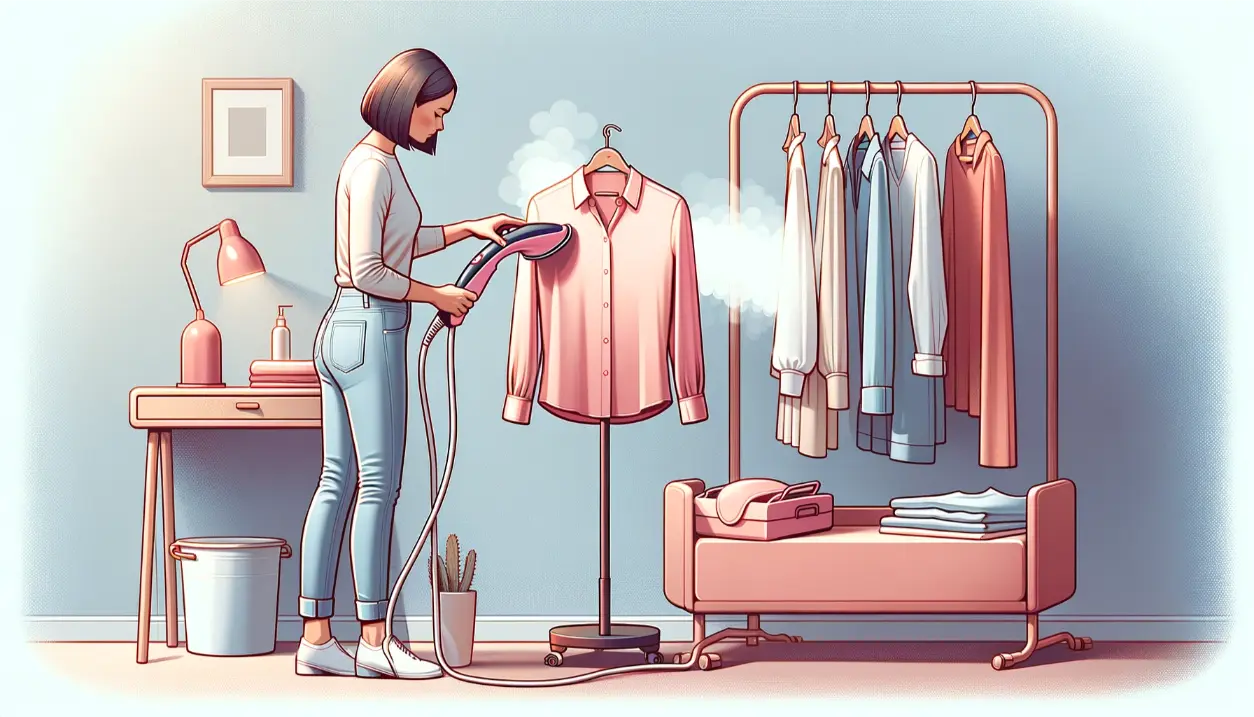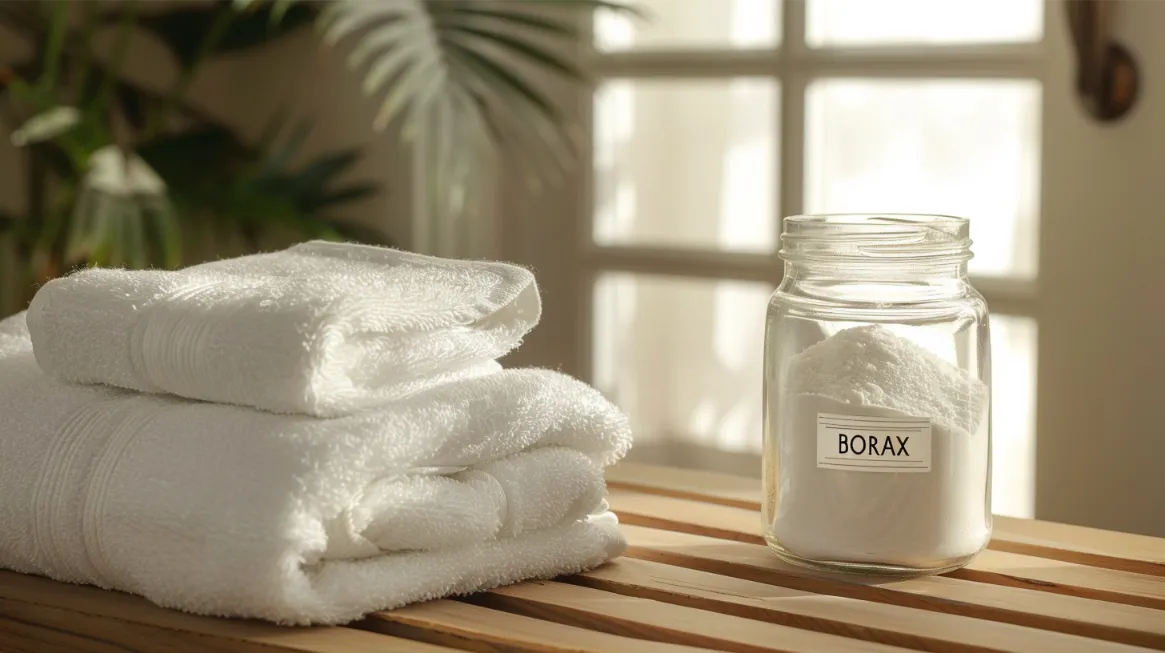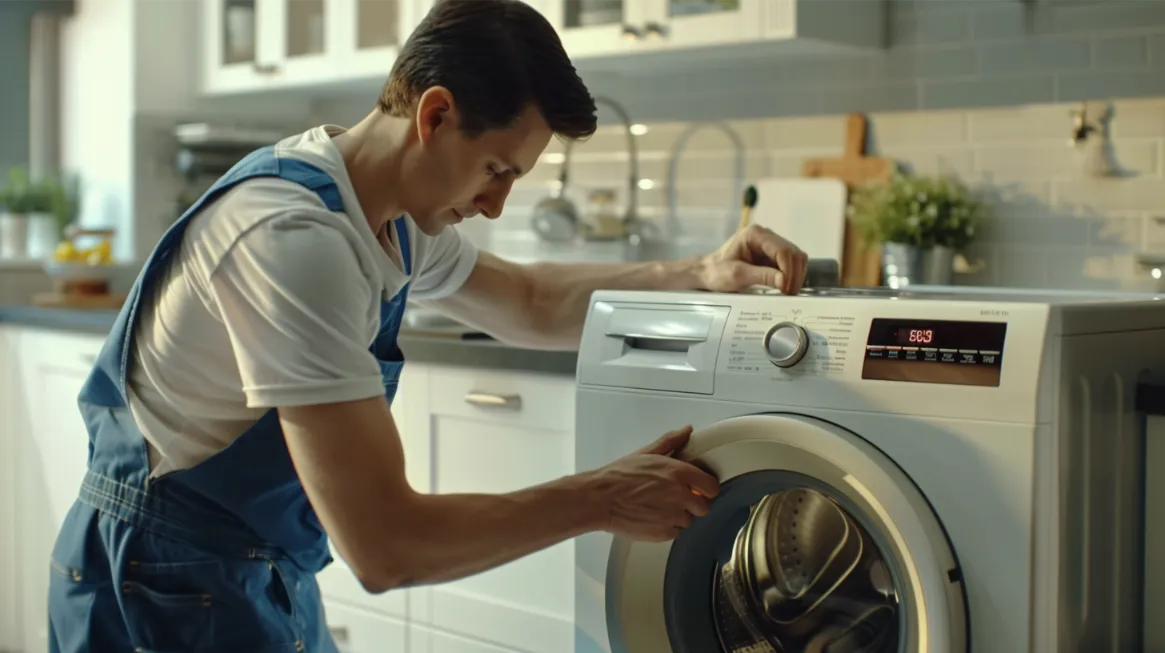The debate between dryer balls and dryer sheets rages on in the never-ending quest for laundry perfection. Both claim to provide essential benefits, but what are the top five differences that set them apart?
This article aims to uncover the truth behind the composition, performance, environmental impact, cost, and suitability of different fabrics of these laundry accessories. Prepare to have your preconceptions challenged as we explore the pros and cons of dryer balls versus dryer sheets.
Key Takeaways
- Dryer balls offer a natural alternative to dryer sheets without using chemicals that can cause skin irritation.
- Dryer balls reduce drying time by 25%, improve airflow, and prevent clothes from clumping together.
- Switching to dryer balls is environmentally friendly, as they are reusable and help reduce landfill waste and energy consumption.
- While dryer balls may have a higher initial cost, they are more cost-effective in the long run and provide long-term financial benefits.
Composition Differences
Dryer sheets and dryer balls differ in composition. Dryer sheets are polyester and coated with chemicals, while dryer balls are typically made of wool or plastic without added chemicals. This composition difference has several implications for their use in laundry.
Dryer sheets are known for softening and reducing static in clothes. The chemicals on the polyester surface of the dryer sheets are released onto fabrics when heated, providing a smooth feel and fresh scent. However, these chemicals may not suit everyone, as they can cause skin irritation or allergic reactions. Moreover, the chemicals in dryer sheets can also have negative environmental impacts.
On the other hand, dryer balls offer a more natural alternative for softening clothes and reducing static. Made from wool or plastic, they do not contain any added chemicals. Instead, dryer balls create space and airflow, which helps shorten drying time. This can be particularly beneficial for energy savings.
Another advantage of dryer balls is their reusability. Unlike disposable dryer sheets, dryer balls can be used for up to 1,000 loads after each use. This not only reduces waste but also has a positive impact on the environment.
RELATED: The 5 Best Wool Dryer Balls
Performance Variances
Performance variances can be observed between dryer balls and dryer sheets in terms of their effectiveness in softening clothes and reducing static cling. Here are four key differences:
- Dryer balls reduce drying time by up to 25%, while dryer sheets do not impact drying time. This can be a significant advantage regarding energy efficiency and saving time.
- Dryer balls, synthetic fragrances, and fabric-softening agents are often found in dryer sheets. Instead of using chemicals, they provide natural softening. This makes dryer balls healthier and more environmentally friendly as a fabric softener alternative.
- Dryer balls are reusable for over 1,000 loads, making them more cost-effective in the long run compared to dryer sheets, which are typically discarded after each use. This not only saves money but also reduces waste.
- Dryer balls improve airflow and separate clothing items in the dryer, enhancing overall performance. This allows for better drying efficiency and helps to prevent clothes from clumping together, resulting in more evenly dried and fewer wrinkled garments.
Environmental Impact
The environmental impact of using dryer balls versus dryer sheets is significant when choosing between the two. Dryer sheets are not environmentally friendly as they are disposable after each use, contributing to landfill waste. In contrast, dryer balls are reusable and have a lower environmental impact, reducing waste. You can promote sustainability and reduce environmental impact by opting for dryer balls.
Additionally, using dryer balls can help cut down on energy consumption. The tumbling of the balls in the dryer helps separate and fluff the clothes, allowing air to circulate more effectively. This results in shorter drying times, which in turn reduces energy usage.
Making the switch to dryer balls over dryer sheets is a more eco-friendly choice. It reduces the amount of waste going into landfills and promotes sustainability by using a reusable alternative. By being environmentally conscious and choosing dryer balls, you can contribute to a greener future.
Cost Comparison
When considering the cost of using dryer balls versus dryer sheets, evaluating their long-term financial benefits is important. Here are the key points to consider:
- Dryer balls are more cost-effective in the long run: Unlike dryer sheets, which are typically single-use, dryer balls can last up to 1000 loads or 2-5 years. This longevity makes them a more economical choice over time.
- Initial investment: The initial investment in dryer balls may be higher than in dryer sheets. However, considering their lasting capability, long-term cost savings offset this initial expense.
- Cost over time: While dryer sheets may seem relatively inexpensive on a per-use basis, their cumulative cost can add up. On the other hand, dryer balls offer a one-time investment that pays off in the long run.
- Energy savings: Besides being cost-effective, dryer balls help dry clothes quickly. This can lead to potential energy savings as the drying time is reduced.
Suitability for Different Fabrics
Dryer balls are compatible with a wide range of fabrics, making them suitable for all types of clothing, including delicate items like silk and wool. Their gentle nature ensures that the fabrics are not damaged or stretched during drying. Wool dryer balls, in particular, are highly effective for natural fibers such as cotton and linen. They help enhance the softness of these fabrics and reduce wrinkles, resulting in smoother and more comfortable garments.
Dryer balls also work well with synthetic fabrics like polyester or nylon. These fabrics are prone to static cling, but dryer balls help to prevent this issue and maintain the texture of the fabric.
On the other hand, dryer sheets may not be ideal for certain fabrics. For instance, they may leave a residue on athletic wear or microfiber fabrics, affecting their moisture-wicking properties. Additionally, dryer sheets made of high-absorbency materials are not recommended for towels or bedding, as they can leave a coating that reduces their effectiveness.
Frequently Asked Questions
Are Dryer Balls Healthier Than Dryer Sheets?
Dryer balls are healthier than dryer sheets because they lack harmful chemicals and fragrances. They are hypoallergenic and eco-friendly, making them safer for individuals with sensitive skin or allergies.
What Are the Downsides of Dryer Balls?
The downsides of dryer balls include potential noise in the dryer, limited scent options, higher initial cost per load, the need for multiple balls for larger loads, and potentially less effective softening compared to dryer sheets.
What Is the Dryer Sheet Trick?
The dryer sheet trick involves placing a dryer sheet in various locations to freshen clothes, clean lint traps, eliminate odors in shoes, repel dust on furniture, and remove static cling from clothes.
What Are the Pros and Cons of Using Dryer Sheets?
Dryer sheets offer convenience and softness to laundry, reducing static cling and adding a pleasant scent. However, they may contain chemicals that can irritate the skin. They do not reduce drying time and are single-use items.
Conclusion
In conclusion, when considering the differences between dryer balls and dryer sheets, it is clear that each option offers unique advantages.
Dryer sheets excel in softening clothes and reducing static cling, while dryer balls provide a chemical-free alternative and reduce drying time.
Additionally, dryer balls offer a cost-effective and environmentally friendly option.
Ultimately, the choice between the two depends on personal preferences and laundry needs.


